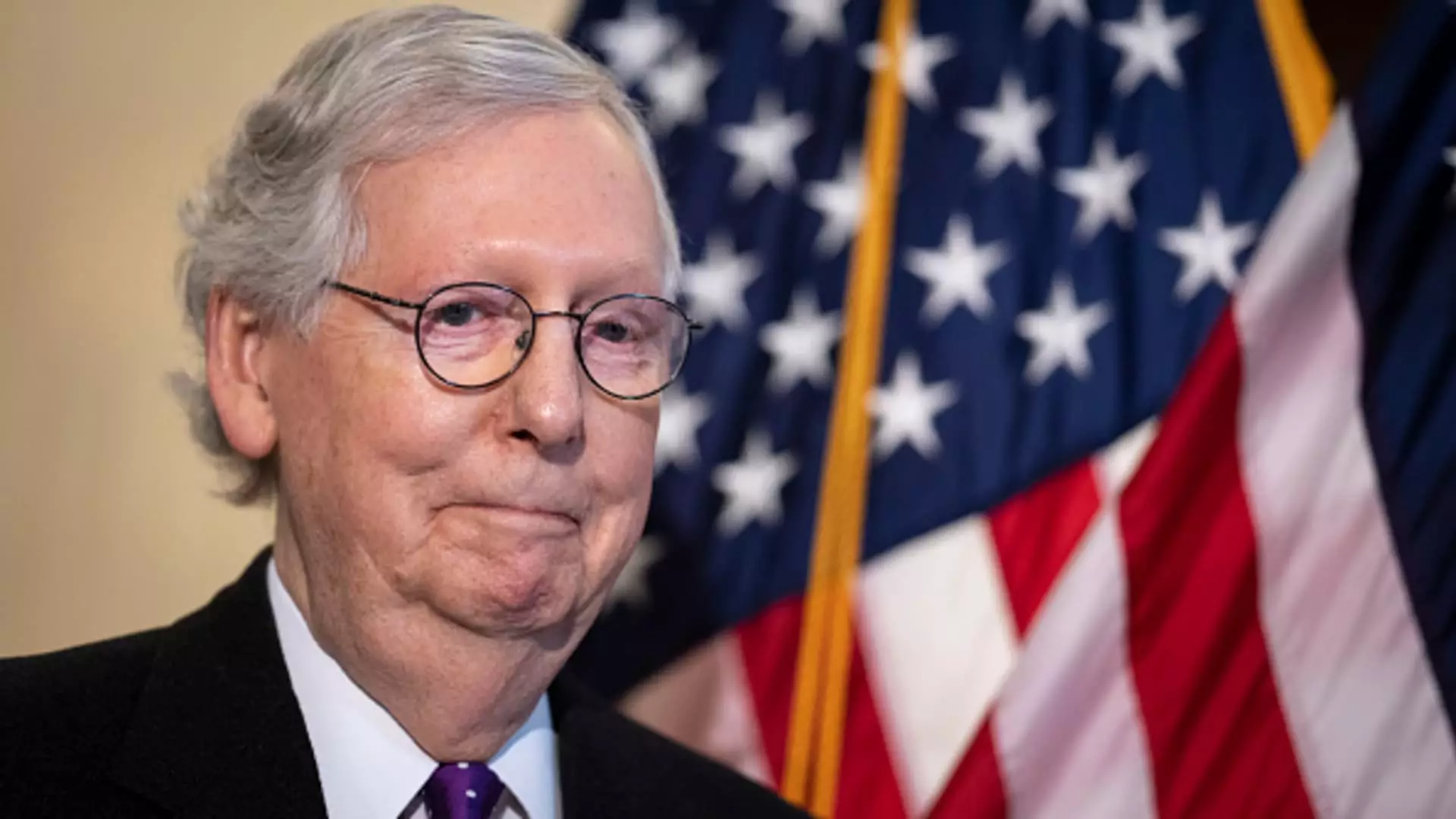As the dust settles from the recent elections, all indications suggest a significant shift in the balance of power in the U.S. Senate. NBC News forecasts a Republican resurgence, with the party poised to reclaim majority control by 2025. With the Democrats currently holding 47 seats, the presence of four independent senators bolstering their ranks creates a slender Democratic majority. Nonetheless, this advantage seems precarious as Republicans have navigated the electoral landscape with purpose and strategic urgency.
The political battleground appeared to favor Republicans this cycle, as they faced a less burdensome reelection scenario. With only 11 seats to defend, contrasted with the 23 seats Democrats were contending to keep, the GOP had a clear strategic edge. This discrepancy in seat vulnerability was a crucial factor that shaped the electoral outcomes. Political analysts had speculated that such dynamics could lead to a favorable environment for Republican candidates, and early indicators are affirming this theory.
Significant victories for Republicans during this election cycle further solidify their projected majority. One of the highlighted races was in Ohio, where Bernie Moreno’s campaign successfully challenged incumbent Democratic Senator Sherrod Brown. Moreno’s win not only boosts the GOP’s seat count but also reflects broader shifts in voter sentiment in traditionally Democratic strongholds. Additionally, in West Virginia, Governor Jim Justice emerged victorious in securing the seat vacated by Joe Manchin, an influential figure who has opted not to pursue reelection. Such high-profile wins illustrate the changing tides within the party affiliations and suggest a growing inclination among voters toward Republican candidates.
The financial stakes tied to this electoral cycle cannot go unnoticed. With over $1 billion anticipated to be invested in securing just three critical seats—those in Montana, Ohio, and Pennsylvania—the contributions highlight the intense lobbying and interest from various factions. This financial infusion reflects an underlying urgency among Republican campaigns to reclaim control, showcasing the gravity with which both parties approached this election. Efforts to capture these seats not only involve strategic campaigning but also emphasize the stakes for future legislative control.
As anticipation builds for the new Congress, the implications of a Republican majority in the Senate resonate throughout various facets of governance. From policy-making to Supreme Court nominations, the shift could yield new legislative priorities and potentially alter the tone of bipartisan collaboration. The ability of the Republican Party to leverage this newfound power will be closely scrutinized, as they will need to address their constituents’ evolving needs while maintaining unity within their ranks.
The upcoming transition to a Republican-controlled Senate presents both challenges and opportunities. As the 2025 landscape unfolds, the party’s strategies, coupled with voter sentiments, will play a pivotal role in shaping the nation’s political trajectory.


Leave a Reply